Maori culture and modern art come together at the Len Lye Centre by Pattersons

The recently inaugurated Len Lye Centre is not just a gleaming new landmark for New Zealand's seaside city of New Plymouth; even though its shimmering mirror-effect steel facades ensure it states its presence with panache. The new project, designed by architects Pattersons, is also the country's very first museum dedicated to a single artist - pioneering Christchurch-born filmmaker and kinetic sculptor Len Lye.
Planned to coexist structurally with the adjacent Govett Brewster Art gallery, the new museum had to create a dialogue with its neighbour, but at same time adopt a distinct identity. The two buildings are linked internally and the circulation route is designed to allow visitors to experience and appreciate both.
Len Lye's philosophy that 'great architecture goes 50/50 with great art' provided key inspiration for Pattersons. By creating a dynamic, shiny and sinuous façade that brings to mind a moving theatre curtain, the architects hint at Lye's kinetic art. The facades' curves manipulate natural light to create a range of reflections, depending on the day and the season. At the same time, the skin - polished steel - ties the building with its locale, as it celebrates the pioneering steel works in the country's Taranaki region.
Inside the gallery, daylight penetrates the façade through gaps on the external walls, creating an almost ethereal atmosphere. For the internal arrangement, Pattersons drew inspiration from the Maori 'meeting house' - the focal point of the traditional Maori community. At the same time, they loosely based the layout on a traditional temple, at the same time telling the story of the legendary Len Lye and his iconic body of work. The 'adyton,' the most sacred and private part of a temple (usually located far away from the entrance) is used in the museum to house Len Lye's archive.
By adopting a temple-like internal arrangement for the museum's programme, the architects created yet another tie-in with the artist's approach. 'Lye was fascinated with temples and the design uses principles from the classical world as well as Polynesian forms and ideas", says design director Andrew Patterson. "These influenced Lye's work and after all, he was the client." Looking at the building's outline from above, it creates a 'koru' form (a Maori spiral shape) - one more reference to the rich local Polynesian culture.
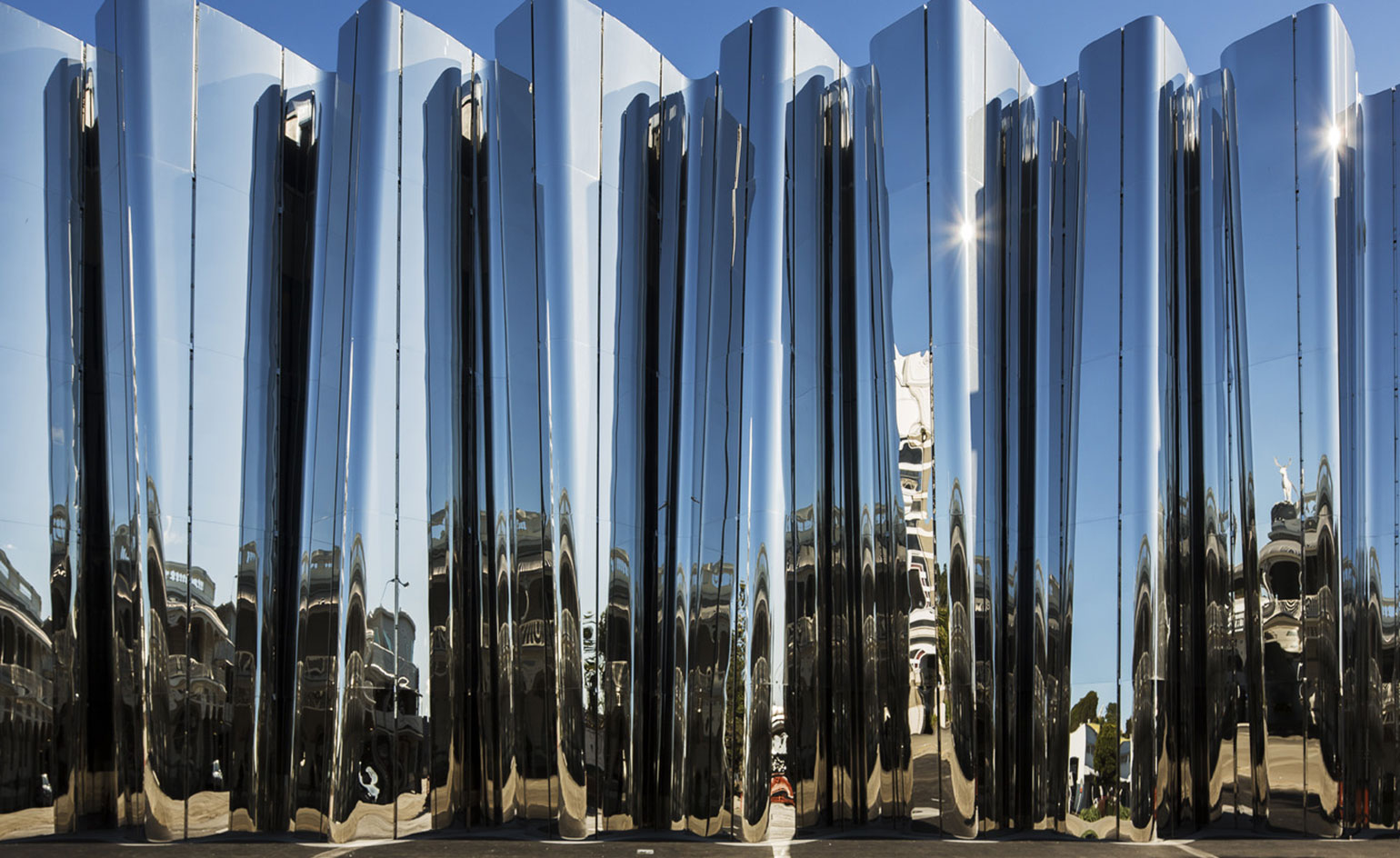
The Len Lye Centre is defined by its polished steel, curvy facade, which shimmers in the daylight and remembles a theatre curtain
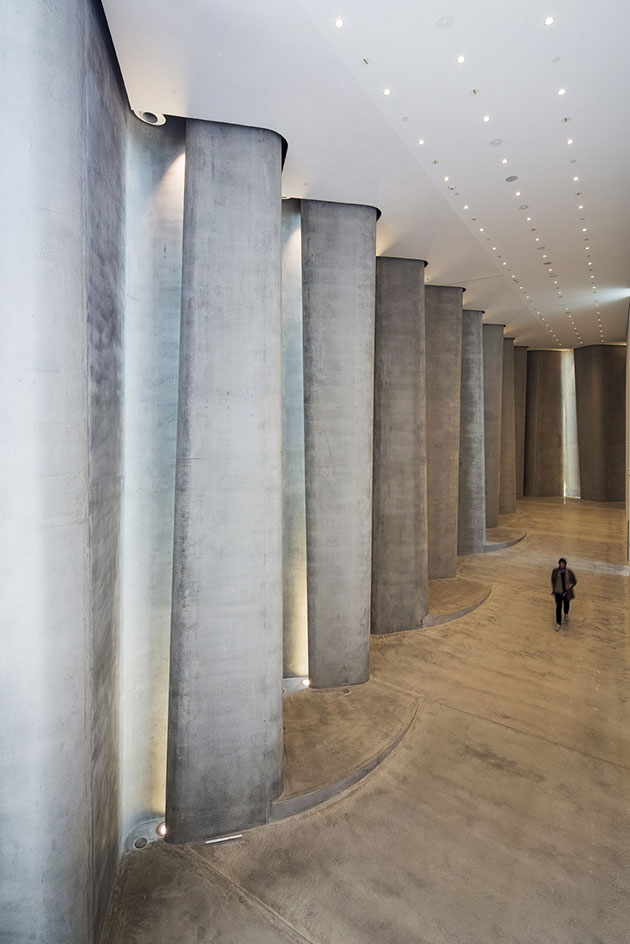
The architects reference the artist's work in various ways. The dynamic, undulating walls hint to Len Lye's kinetic sculptures.
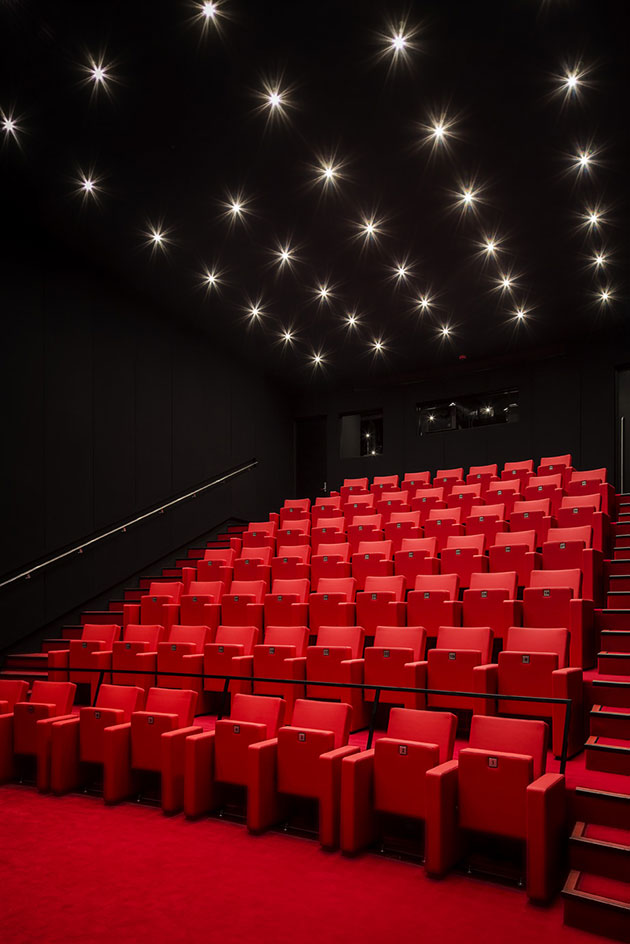
The museum aims to inform visitors about Len Lye's life, work and philosophy. Interiors include this auditorium
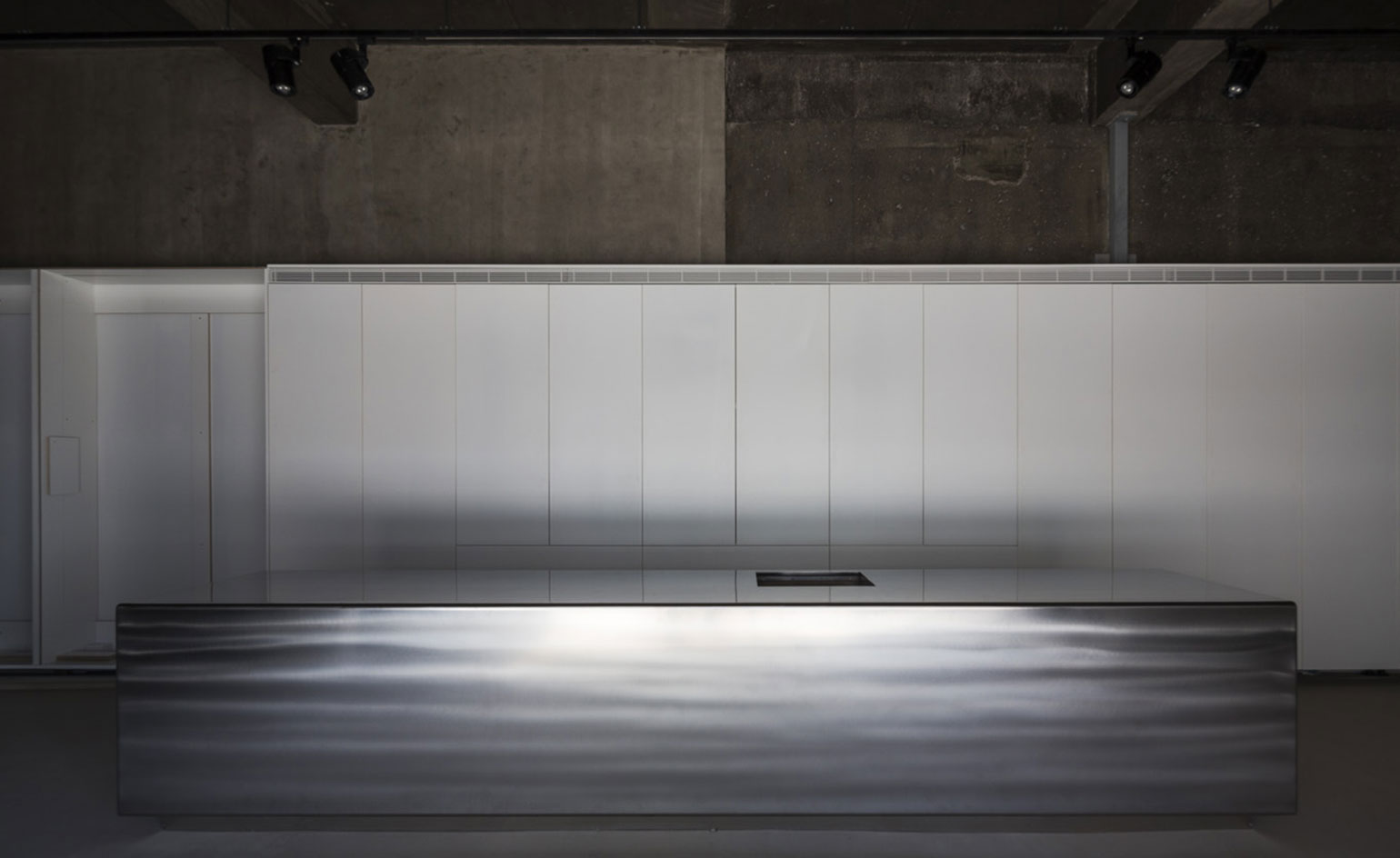
Structurally, the museum co-exists with the adjacent Govett Brewster Art gallery. The two buildings are linked and the circulation route allows access to both
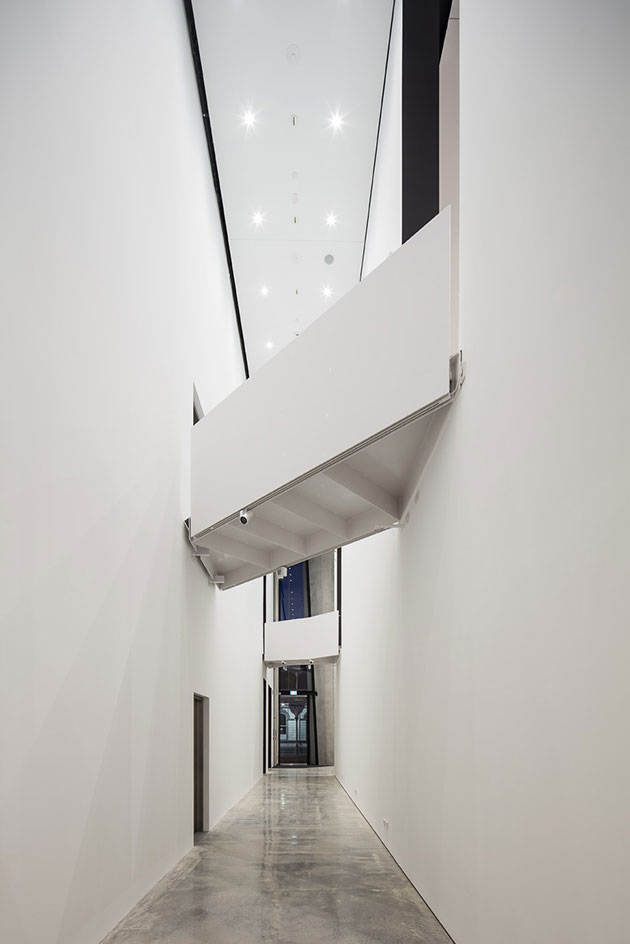
Internally, the centre's arrangement is informed by the traditional Maori meeting houses, which were the local communities' focal points. They loosely follow the traditional arrangement of a temple
Receive our daily digest of inspiration, escapism and design stories from around the world direct to your inbox.
-
 French bistro restaurant Maset channels the ease of the Mediterranean in London
French bistro restaurant Maset channels the ease of the Mediterranean in LondonThis Marylebone restaurant is shaped by the coastal flavours, materials and rhythms of southern France
-
 How ethical is Google Street View, asks Jon Rafman in Copenhagen
How ethical is Google Street View, asks Jon Rafman in CopenhagenIn 'Report a Concern - the Nine Eyes Archives' at Louisiana Museum of Art, Copenhagen, Jon Rafman considers technology's existential implications
-
 Next-generation jeweller Rosalie Carlier is one to watch
Next-generation jeweller Rosalie Carlier is one to watchThe young jewellery designer creates sensuous but bold pieces intended to ‘evoke emotion in the wearer’
-
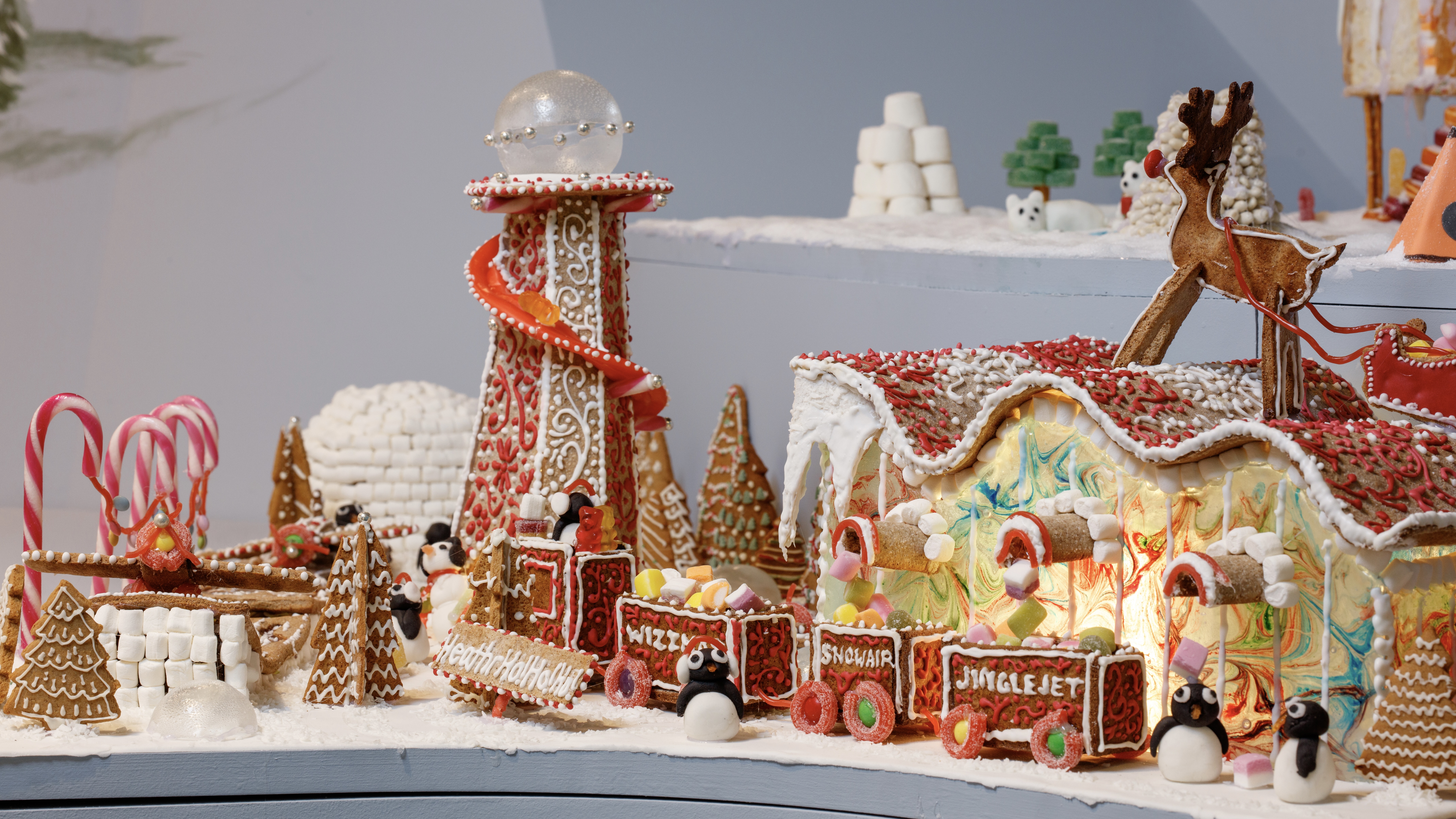 Welcome to The Gingerbread City – a baked metropolis exploring the idea of urban ‘play’
Welcome to The Gingerbread City – a baked metropolis exploring the idea of urban ‘play’The Museum of Architecture’s annual exhibition challenges professionals to construct an imaginary, interactive city entirely out of gingerbread
-
 You’ll soon be able to get a sneak peek inside Peter Zumthor’s LACMA expansion
You’ll soon be able to get a sneak peek inside Peter Zumthor’s LACMA expansionBut you’ll still have to wait another year for the grand opening
-
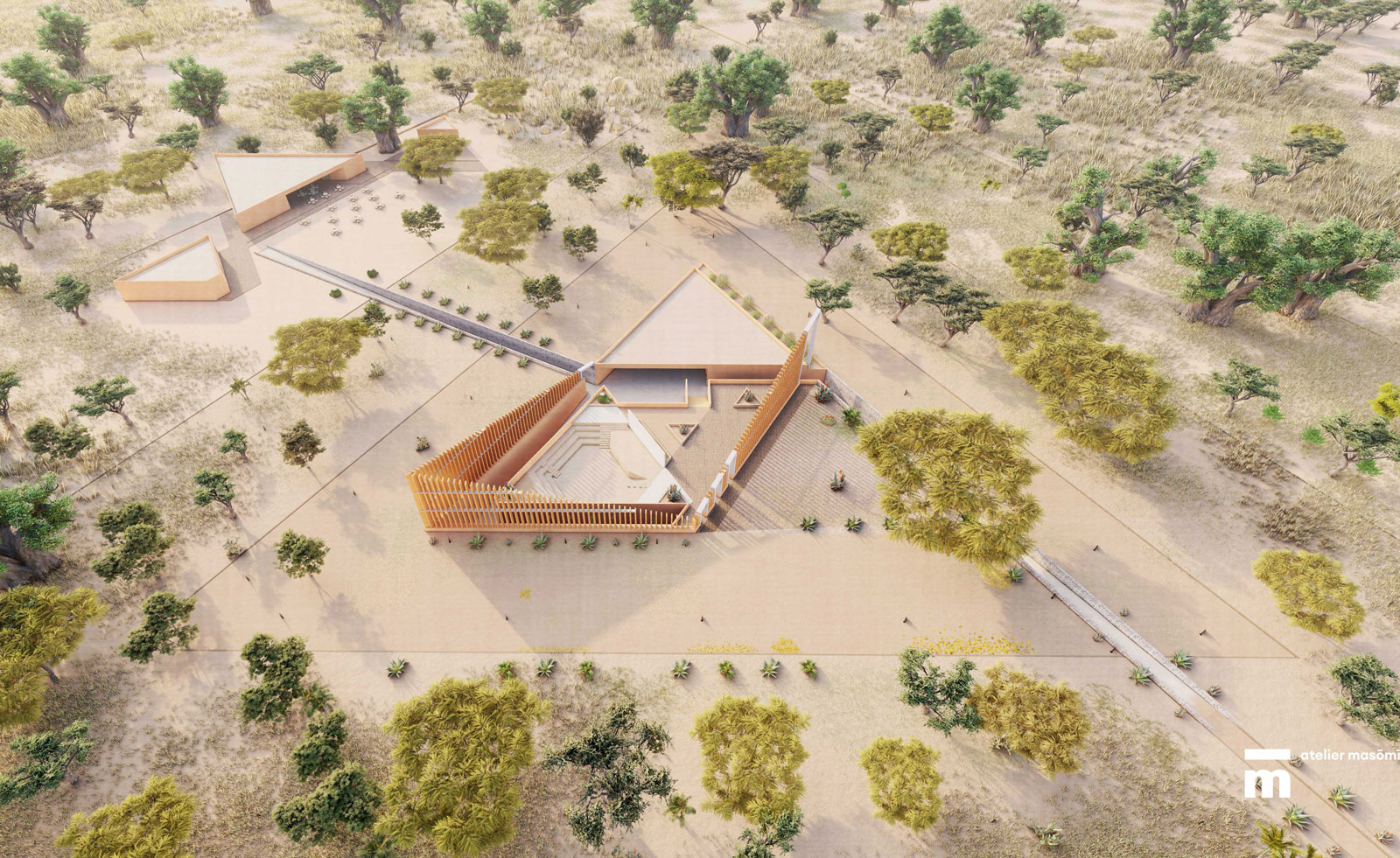 Mariam Issoufou Kamara to design Bët-bi museum in Senegal
Mariam Issoufou Kamara to design Bët-bi museum in SenegalMariam Issoufou Kamara, founder of Atelier Masōmī in Niger, has been selected by a jury to lead the design of the new Bët-bi museum in the Senegambia region of West Africa
-
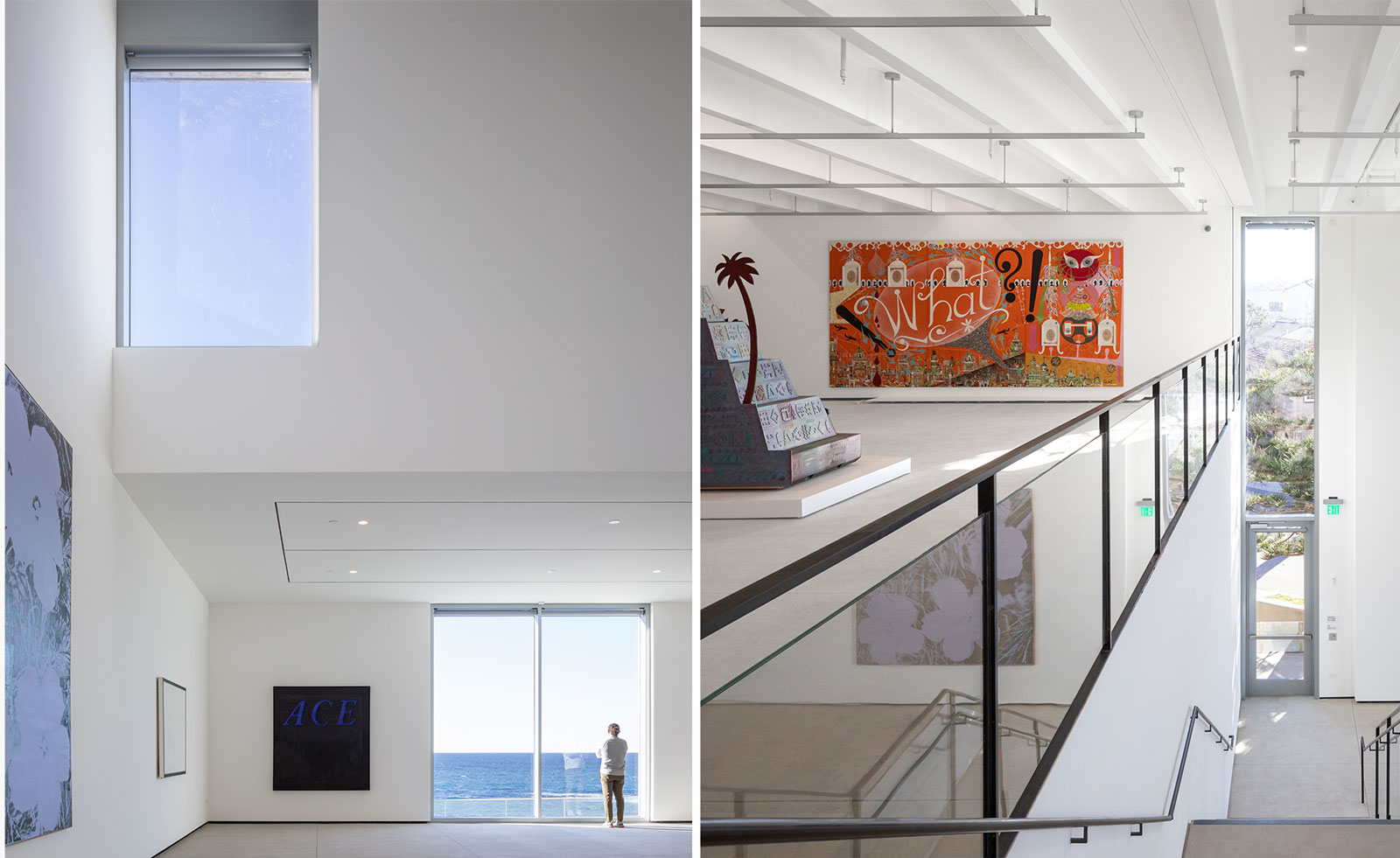 The Museum of Contemporary Art San Diego unveils a bigger and brighter new space
The Museum of Contemporary Art San Diego unveils a bigger and brighter new spaceSelldorf Architects has welcomed the elements in to the Museum of Contemporary Art San Diego’s new light-filled design
-
 Tehran’s Argo Factory complex reinvents brewery architecture for the arts
Tehran’s Argo Factory complex reinvents brewery architecture for the artsThe Argo Factory Contemporary Art Museum & Cultural Centre by Ahmadreza Schricker Architecture North (ASA North), housed in a redesigned brewery, becomes Tehran's first new arts hub in decades
-
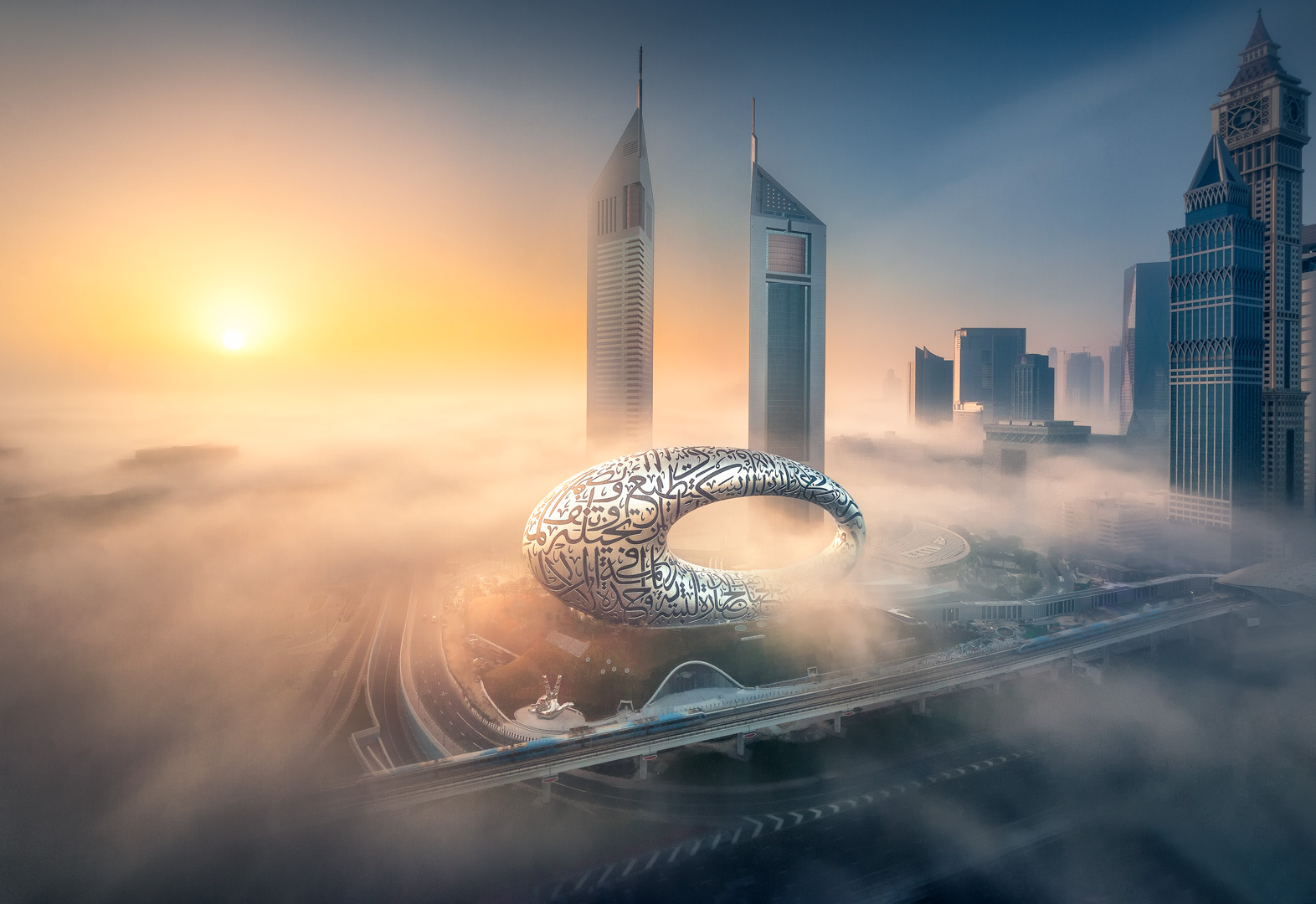 Dubai welcomes the Museum of the Future
Dubai welcomes the Museum of the FutureKilla Design and the Dubai Future Foundation launch the Museum of the Future in Dubai, which opens its doors to the public today (22 February 2022)
-
 Foster + Partners’ Narbo Via enriches cultural landscape in south of France
Foster + Partners’ Narbo Via enriches cultural landscape in south of FranceNarbo Via, a new museum by Foster + Partners, opens in Narbonne, France
-
 The Design Museum and Snap bring extreme climate change to London
The Design Museum and Snap bring extreme climate change to LondonThe Design Museum and Snap’s new filter imagines an alternative reality